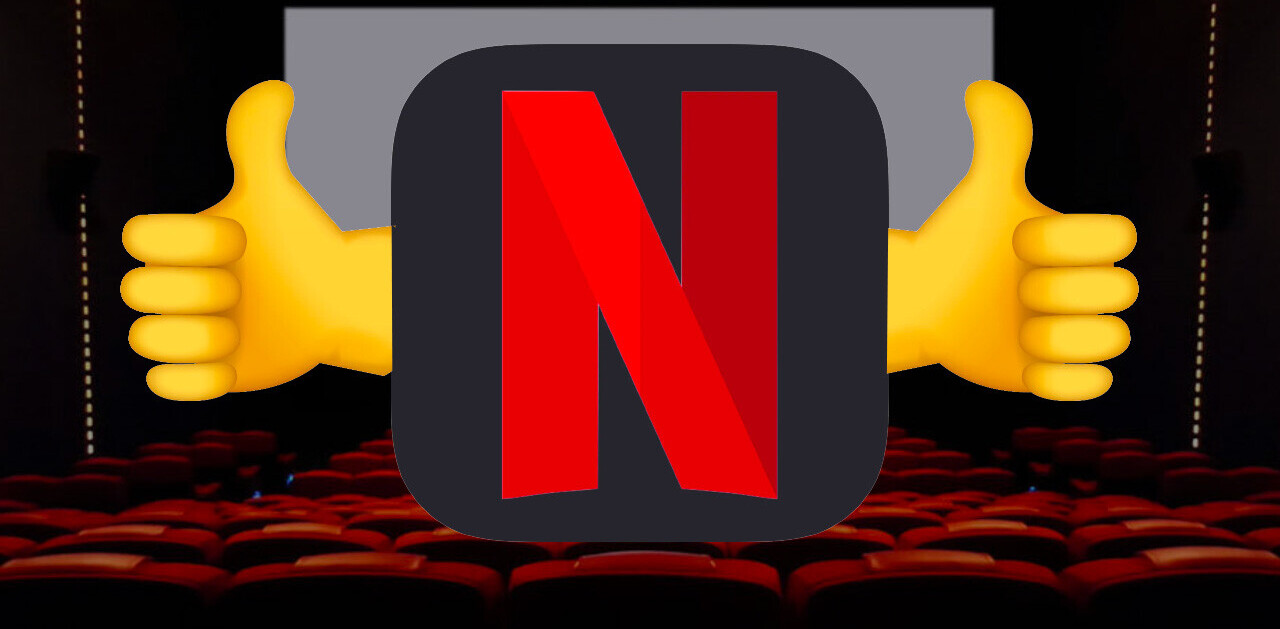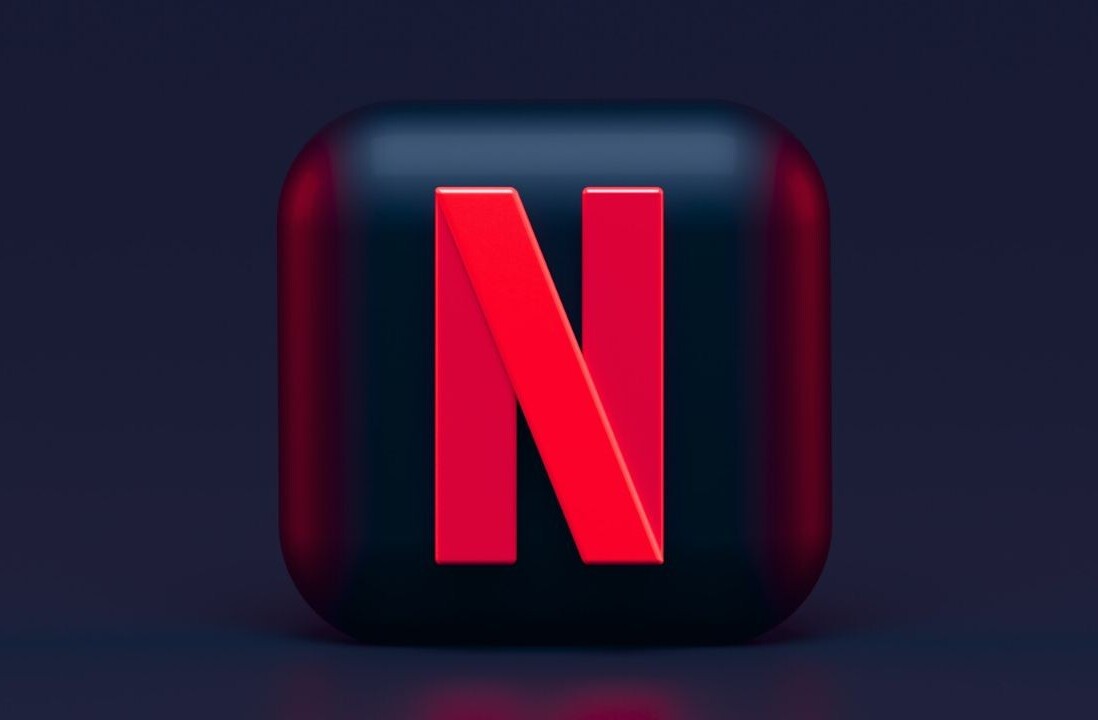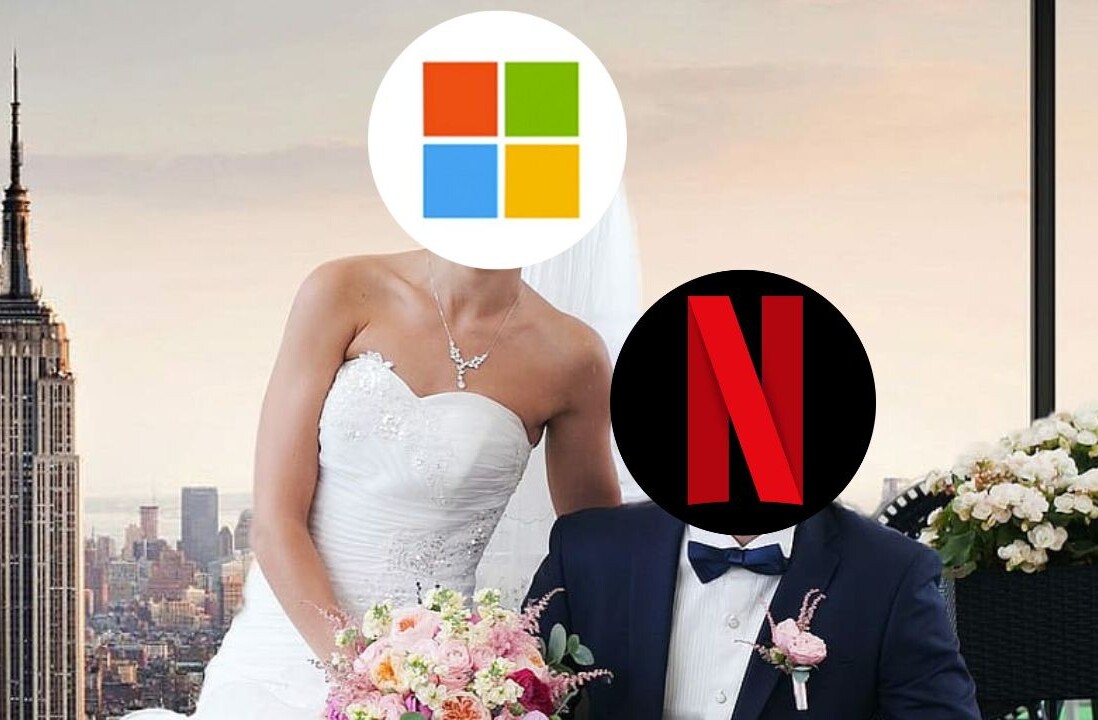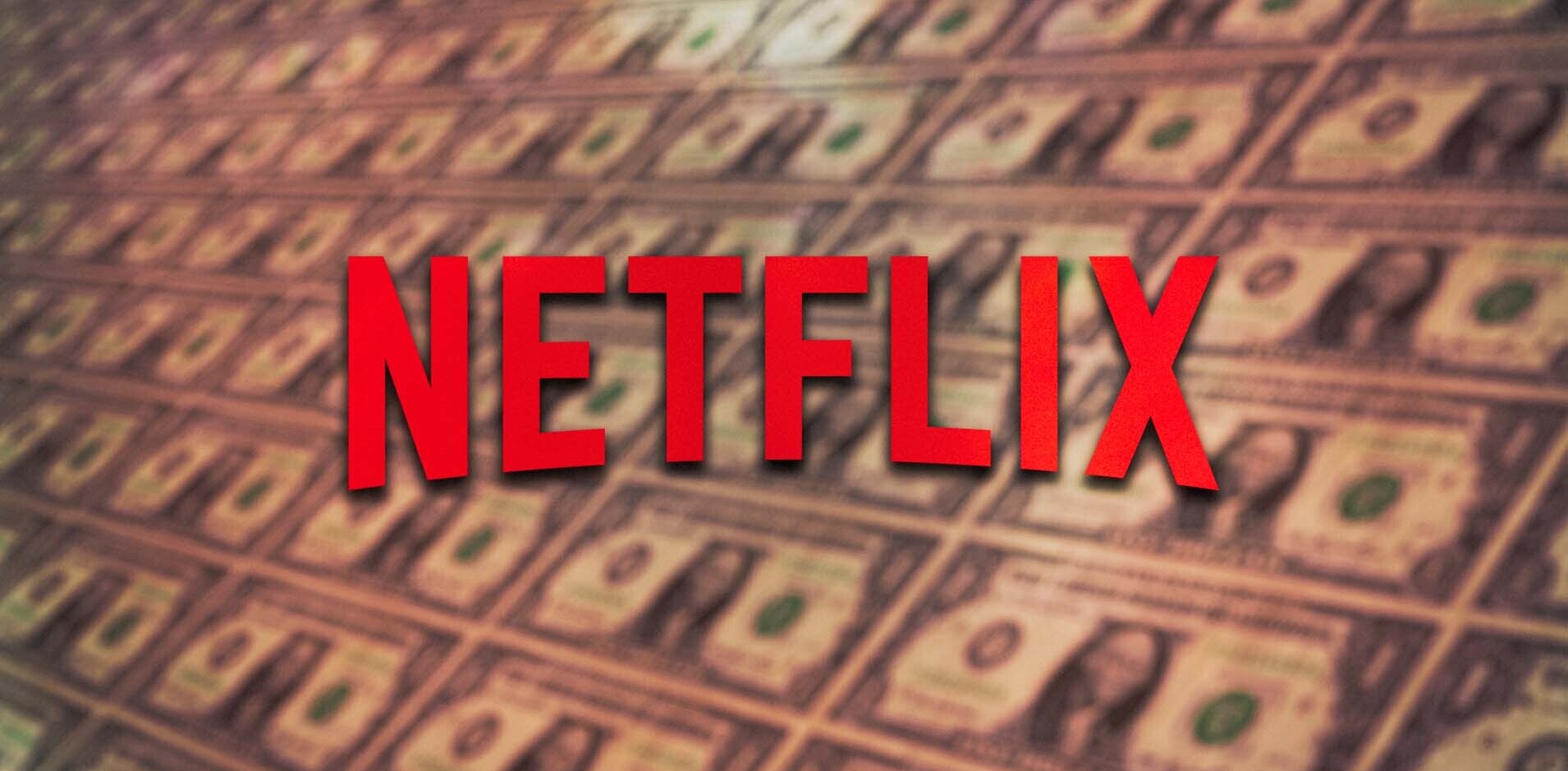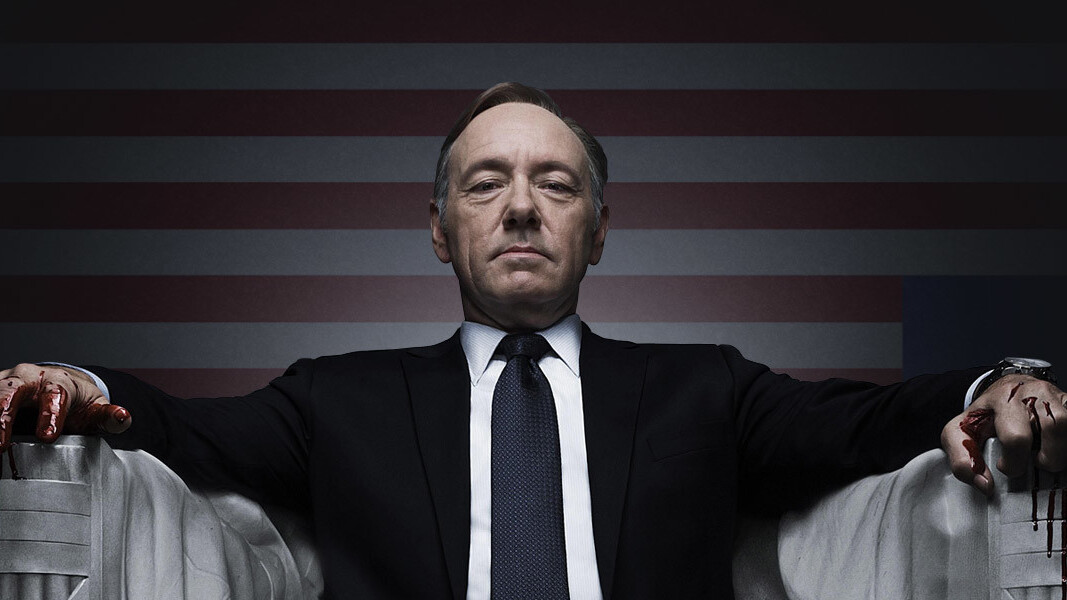
Data and creativity can work really well together. Don’t believe me?
On February 1, 2013, a TV series called House of Cards debuted on the video streaming service Netflix. It proved an immediate hit. Two years later, it has a nine out of 10 rating from more than 275,000 reviewers. Those numbers place it in the same category as Avatar and The Sopranos, but this success, some said, was guaranteed in advance. Why?
Netflix had used all the Big Data it collected on its viewers to determine what they might like to see. In other words, data inspired the creative direction.
This approach produced strong reactions. “What?” asked some. “You used data to make a TV show I loved?” Some thought the entire world audience would be reduced to a pack of zombies, doing whatever Big Data told them to do.
Ok, slow down. It didn’t happen that way.
First, much like Google, Netflix has a lot of data. Currently, it has many millions of customers worldwide and spreads a very wide net to collect data on them. In particular, the site also logs something it calls “user actions.”
These include the times of day people watch horror movies (not before breakfast) and when they watch humor. It also logs when you start and stop viewing, what you rewind to watch again, whether you watch on a TV or iPad and so on. It even looks at pirate movie sites to determine what’s trending.

This, theoretically, gives them very deep insight into peoples’ taste in entertainment.
If you have a problem with Netflix doing this, you should probably read the terms of use of your favorite online store again.
Nearly every e-commerce site deploys techniques like this to increase sales and make better experiences for their customers. But where it gets interesting is that with House of Cards, Netflix was not using data retroactively to make suggestions for content. It was proactively using data to figure out what its customers would like to see in the future.
As New York Times explained: [Netflix] already knew that a healthy share had streamed the work of David Fincher, the director of The Social Network, from beginning to end. And films featuring Kevin Spacey had always done well, as had the British version of “House of Cards.”
With those three circles of interest, Netflix was able to find a Venn diagram intersection that suggested that buying the series would be a very good bet on original programming.
In other words, they knew that their customers on average really liked Kevin Spacey. They knew they really liked David Fincher and there was interest in the British version House of Cards. (Note: Fincher only directed the first two episodes, setting the tone.)
They also knew that people who liked Fincher also liked Spacey — and if they liked both, they typically liked shows like House of Cards (in statistics, this is called a strong correlation).
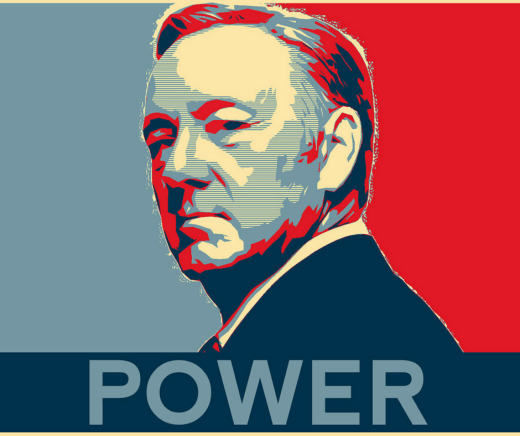
Based on that information, the execs at Netflix plunked down $100 million for two seasons.
It was a bold bet for a company that had little experience in original programming — but since they were a data-driven company, the decision was logical.
This approach, however, was not universally well received.
Rather than looking at what Netflix had actually done, many critics focused on the possible creative abuses of data.
One of the loudest, Andrew Leonard, wrote in Salon that this trend represented a near apocalypse for creativity.
If Big Data is to rule the choice of a show, a director, and an actor, what will prevent it from determining whether a show has quick cuts or saturated cinematography? What would prevent it from basing all creative decisions on a detailed analysis of what had worked in the past? Would we ever see groundbreaking shows like Breaking Bad which are, by definition, not reflections of things we’d seen before?
“I’m guessing this will be good for Netflix’s bottom line,” he wrote, “but at what point do we go from being happy subscribers, to mindless puppets?”

The short answer is that you can always turn off your TV and pick up a book.
We also think Leonard grossly misrepresents what Netflix has done.
Netflix did not weigh in on creative questions at all. Its executives did not explain that films with short pithy dialogues tend to be more successful than those with long philosophical soliloquies. In fact, contrary to what Leonard says, House of Cards did feature a lot of Kevin Spacey talking directly to the viewer — a tactic borrowed from the British version of the show, but highly unusual for an American television program.
It was not paint by numbers. Netflix merely used data to set some broad creative guidelines, ones that, in fact, were looser than Fincher had experienced earlier in his career. (With Zodiac, for example, he made a film much shorter than he wished due to producer interference.)
Used this way, the insights gleaned from data can help drive almost any form of creativity.
By setting the contours for success, it can release creative teams to do what they do best — in full confidence that what they do will likely be well received.
Let’s face it. Nobody wants to fail. They want to know what will be successful ahead of time, especially if you’re not restricting them in the most important ways. In this way, data enables creative freedom, rather than defeats it.
Read next: Big data and transparency: Why it matters to you
Image credit: Beau Willimon
Get the TNW newsletter
Get the most important tech news in your inbox each week.
